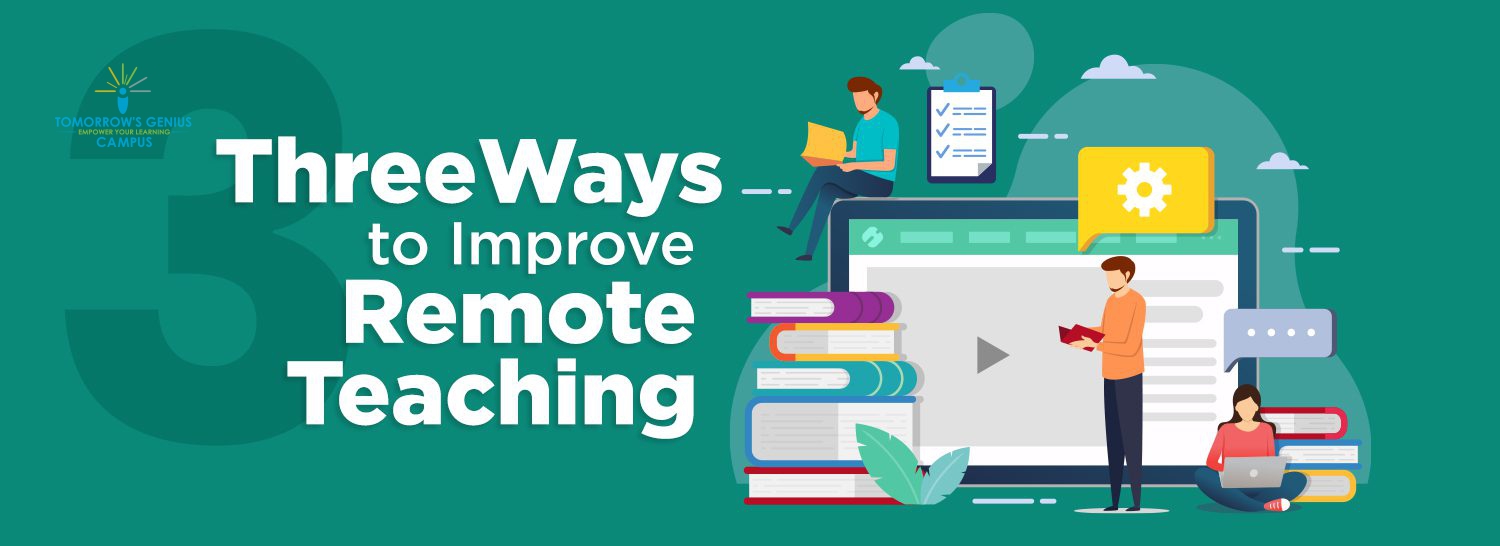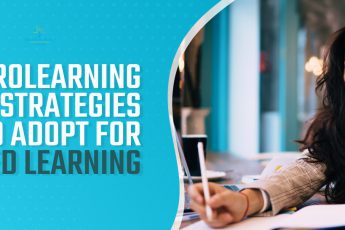Three Ways to Improve Remote Teaching
The coronavirus pandemic forced many schools to shift to emergency remote teaching. The overnight change made it difficult for teachers and students to cope. It also made them feel quite disconnected. Sadly, the situation has not improved and teachers are still conducting remote classes. If you’re struggling to connect with your students online, we’re here to help. Let’s take a look at some effective online teaching strategies for the 21st century. These will help your students enjoy all the benefits of online learning.
Below are the Ways that Improve Remote Teaching
1. Communicate Often

When you’re teaching online, you and your students miss out on in-person communication. So, it’s important to stay in touch with your students as much as possible. You can boost communication with your students in the following ways:
- Email Announcements –You can use emails to broadcast updates and share reference materials.
- Virtual Office Hours – Establish virtual office hours with your students. Let them know when you’ll be available to clear their doubts. You could even set up a shared calendar where students can book personal meetings with you.
- Be Honest About Timelines – Students may expect immediate responses to their queries. But, it may take you 2 or 3 days to go through assignments or clear doubts. Be honest with your students about when they can expect you to reply. This will help your learners feel at ease.
2. Boost Interactions
When it comes to remote learning, encouraging students to ask questions isn’t enough. You must also boost student interactions with their peers and the course content. There are many ways to help students interact with the course content. You could host question-guided classes, a virtual field trip, or a themed treasure hunt. This will help students gain a better understanding of the learning material. To promote interactions between students, you can assign group projects quite often. This will encourage students to interact with and learn from each other. Activities like debates will also promote peer interactions.
3. Build a Community

To encourage lifelong learning, you should promote student collaborations. This will help them build a learning community. You can start by breaking your class into smaller groups. Put students who have similar interests or learning capabilities together. These individuals can explore subject matter together. They can also learn from each other’s unique point of view. Assigning group work and projects is also a great idea. Students can use discussion boards and other collaborative tools to work together.
If you’re hoping to improve the remote learning experience for your students, you can sign up with TG Campus. Our learning management system has an intuitive interface, making it easy to use. The platform comes equipped with cutting-edge tools like a fully functional whiteboard. You can use the whiteboard during live sessions to better showcase your content. The platform supports a wide variety of formats, from PDFs to videos. This allows you to share a multitude of reference materials with your students. With TG Campus, it’s easy to boost interactivity, communicate with students and improve the remote learning experience.














